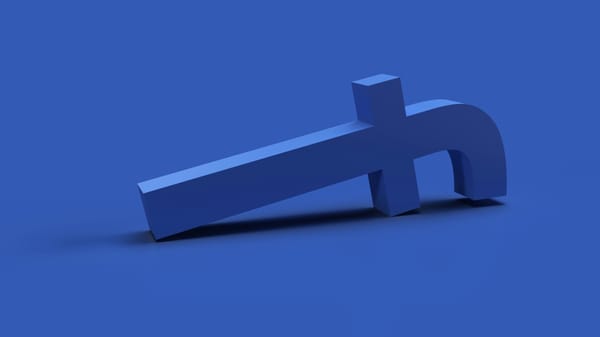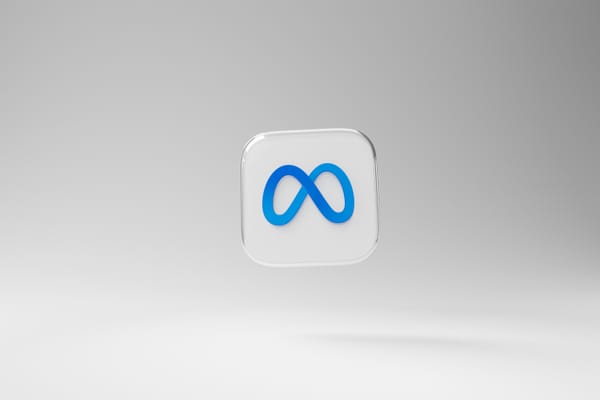Substack's new platform play
The company has an iOS app and big new ambitions. Should writers be scared?

Today, let’s talk about Substack’s new reading app, and the moment in the life of a young tech company when its ambitions grow from niche service provider to a giant global platform. (Platformer is hosted on Substack; see my ethics disclosure.)
For the company’s first five years, writers using have Substack published in two places: on the web and via email. As of today, there is a third place: an iOS app that allows you read everyone you subscribe to on the platform — as well as any other RSS feeds you care to add — in a dedicated spot on your phone or tablet.
“We’ve kind of wanted to do this forever,” Chris Best, Substack’s co-founder and CEO, told me in an interview Tuesday. The app was built by a team nostalgic for the halcyon days of Google Reader, he said, with its hand-curated feeds and limited social features. The team also wanted to enable features that simply aren’t possible in email: background podcast listening; video embeds; comment threads updated in real time.
“There's a place you can go that’s not like a giant slot machine, trying to appeal to your worst self,” Best said, “but instead is a place where you go to spend time with the people you've chosen to spend time with, and that you think make your life better.”
When I installed a beta version of the Substack app last week, I was struck by the effort the company is making to get you to use its app by default. When you sign in to your account, the first thing the app does is ask if you want to “pause” all email notifications from the publications to which you subscribe. It looks like this, and is switched on by default:
Substack’s app is part of the rebundling. Will be a balance between the Substack brand
— Brian Morrissey (@bmorrissey) 2:41 PM ∙ Mar 9, 2022
and newsletter brands. The default setting is for app users to not get emails. on.substack.com/p/substackapp
Best told me there were practical considerations for this design choice. Many people enable notifications for both Substack and email, and receiving duplicate notifications might be frustrating. But the company also believes in the superiority of the app as a place to read.
“Email is great for all of the reasons it has always been great,” Best said. “It’s low friction. It’s this direct connection where you can reach out, unmediated by the algorithm. But it’s obviously not the best version of that reading experience.”
The ideal Substack app, he said, is “like Google Reader and your email inbox had a baby that's more attractive than either of its parents.”
I wince at some of the language in the Substack app; I’d never send out a newsletter if I thought it was something your email inbox should be “spared” from. For my favorite newsletters, the reverse is true. My email inbox consists mostly of things I did not ask to receive; when one of my favorite newsletters shows up there, then, I get excited.
Of course, I’ve also gone overboard. I subscribe to 50 newsletters on Substack alone, 12 of which I pay for. More newsletters roll in each day from Ben Thompson, Matt Levine, the New York Times, The Verge, Twitter’s Revue, Facebook’s Bulletin, and The Atlantic. In the end, I created my own sort of Substack reader app using Gmail filters: automatically labeling most of them and moving them to a dedicated tab, which I read at my leisure.
Using the Substack app, and talking with Best, highlighted for me the different interests of readers, writers, and Substack itself. In them, I think, there are some lessons about what the next wave in media could look like.





